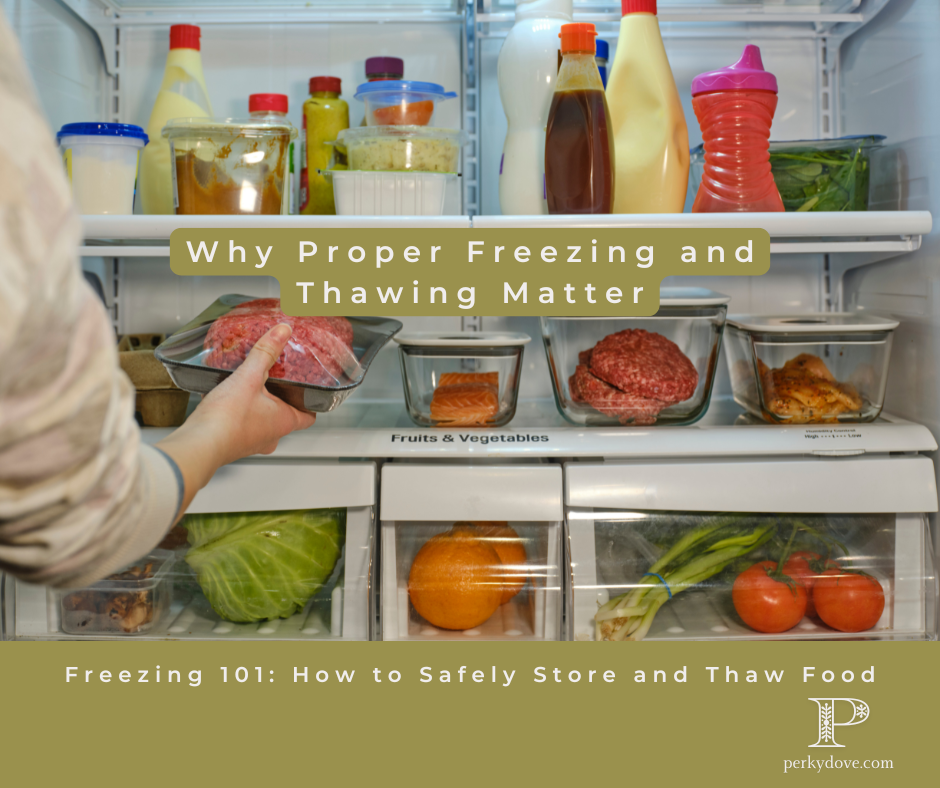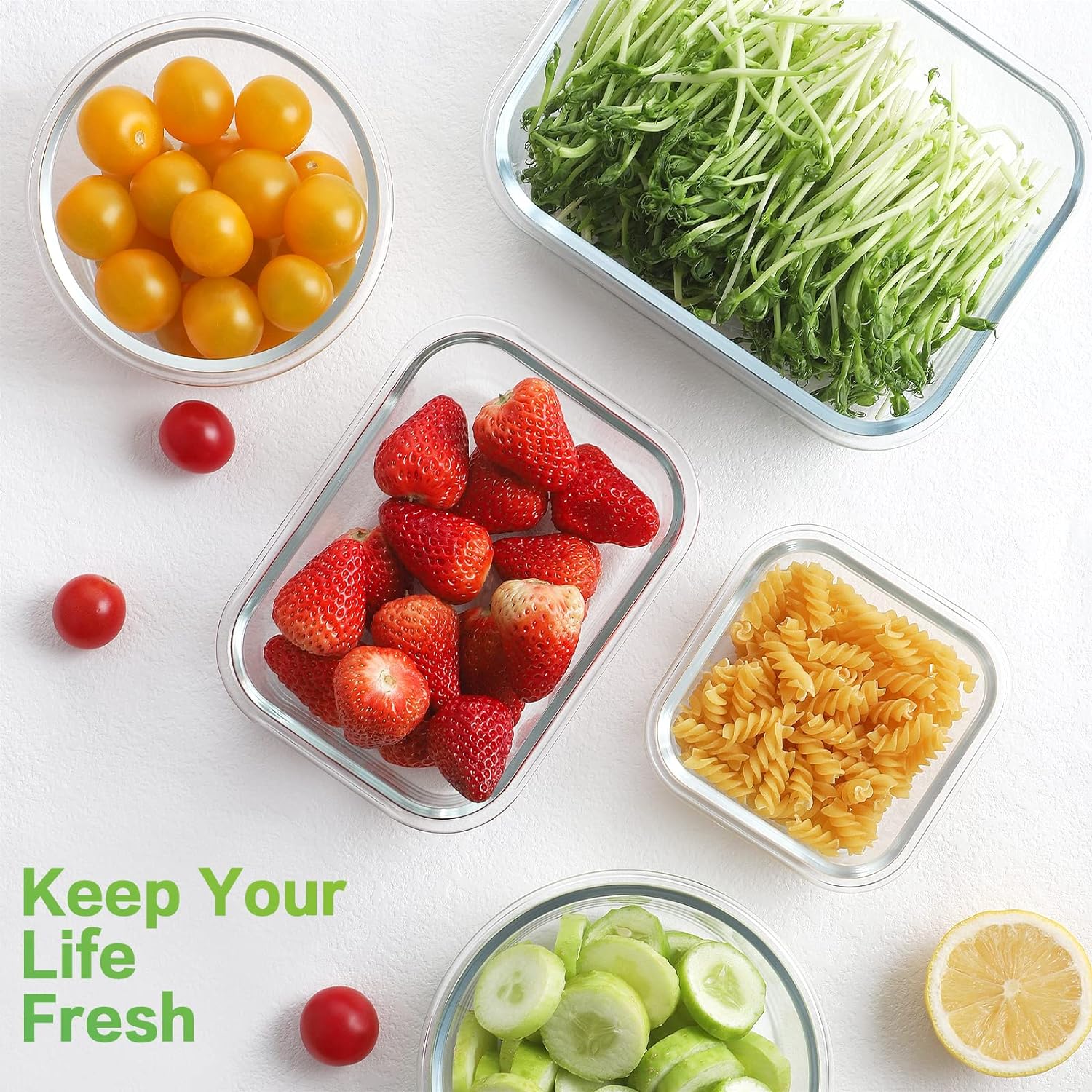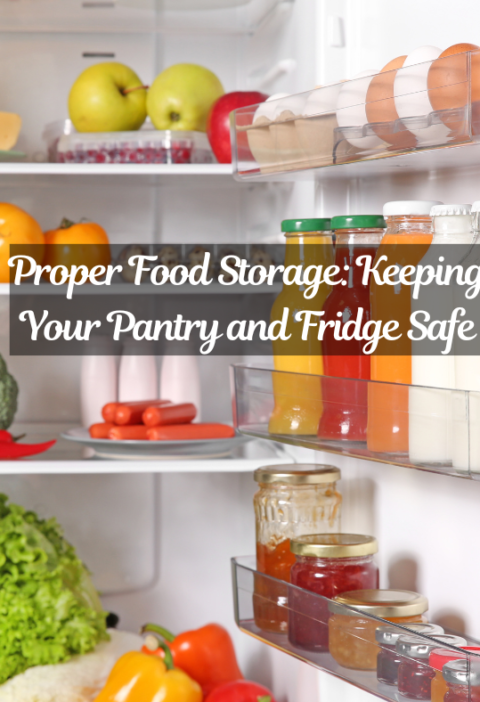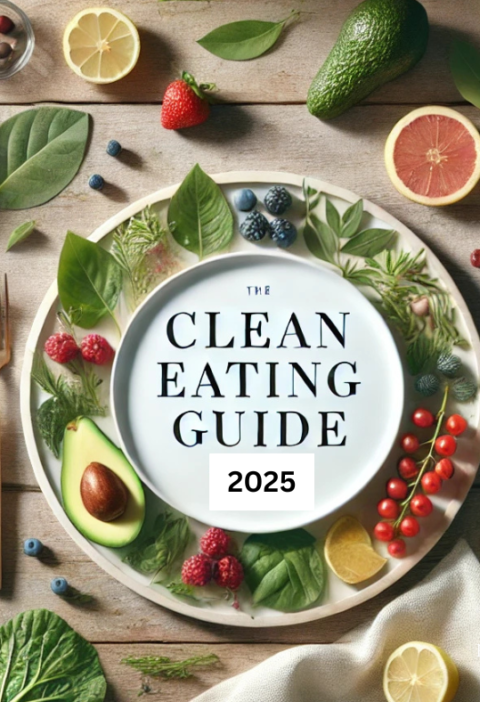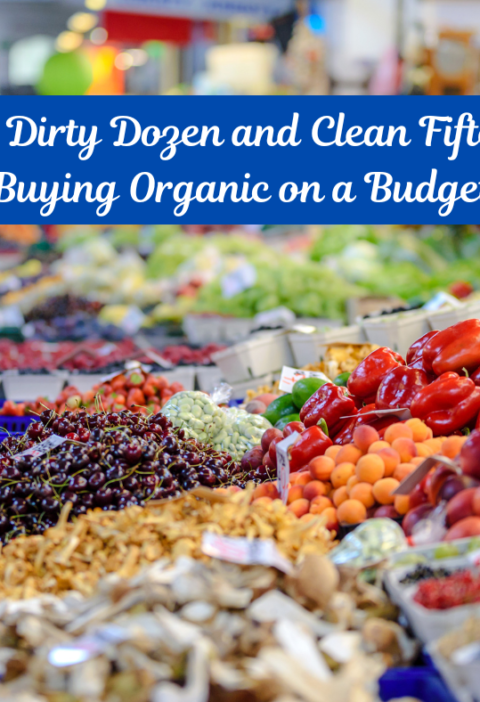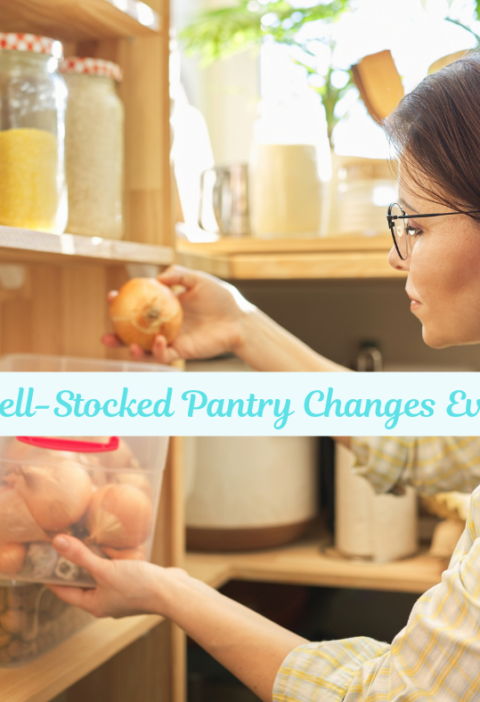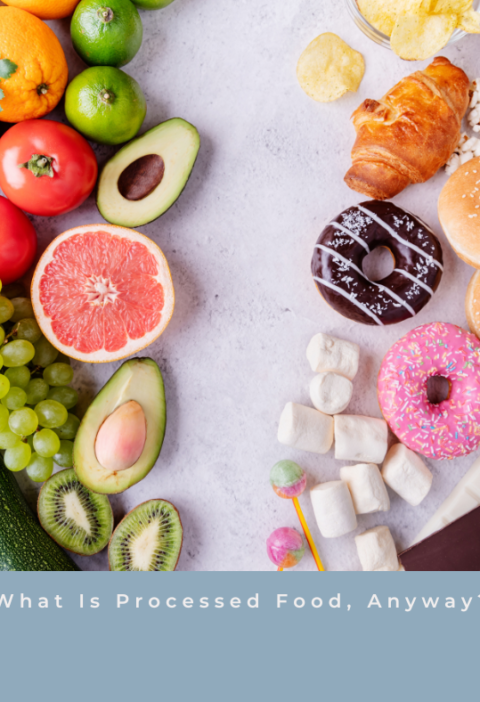We use affiliate links. If you purchase something using one of these links, we may receive compensation or commission.
Introduction
Freezing food is one of the simplest and most effective ways to extend its shelf life while preserving its nutritional value and taste. However, improper freezing or thawing can lead to food spoilage, loss of flavor, or even health risks. In this post, we’ll explore the best practices for freezing and thawing food safely, so you can enjoy your meals without worry.
Why Proper Freezing and Thawing Matter
When done correctly, freezing food halts bacterial growth, preserving it for weeks or even months. But if food is not stored properly, freezer burn, texture changes, and contamination can occur. Likewise, thawing incorrectly can invite bacteria to grow, especially if food sits at unsafe temperatures for too long.
FRESKO Upgraded , Hands-Free Food Vacuum Sealer without Flipping the Lid, Easy-to-Use Touch Operation with Visual Progress Bar, ETL Certified
Tips for Freezing Food Safely
1. Use the Right Containers
- Invest in airtight, freezer-safe bags or containers to prevent freezer burn.
- Label containers with the date and contents for easy identification and to track storage time.
- Use vacuum sealers to remove excess air, which helps retain food quality.
- 10 Pack Dishwasher Safe Freezer Bags, BPA Free Reusable Bags Silicone, Leakproof Reusable Lunch Bag for Salad Fruit Travel - 2 Gallon 4 Sandwich 4 Snack Bags
2. Cool Food Before Freezing
- Allow cooked food to cool to room temperature before freezing to avoid raising the freezer’s temperature.
- Avoid freezing hot food directly, as it can create uneven ice crystals, affecting texture.
3. Portion and Pack
- Freeze food in meal-sized portions to make thawing more convenient.
- Lay bags flat in the freezer to maximize space and ensure faster freezing.
Amazon Basics Glass Locking Lids Food Storage Containers, 14-Piece Set, 7 Count of Bases and 7 Plastic Lids, Clear, Blue
4. Maintain Freezer Temperature
- Keep your freezer at 0°F (-18°C) or lower.
- Use a freezer thermometer to monitor and ensure consistent temperatures.
5. Know What Freezes Well
- Foods like soups, stews, and blanched vegetables freeze excellently.
- Avoid freezing high-water content foods like lettuce, cucumbers, or sour cream, as they can become mushy upon thawing.
Tips for Thawing Food Safely
1. Thaw in the Refrigerator
- The safest way to thaw food is in the refrigerator, where it stays below 40°F (4°C).
- Allow 24 hours for every 5 pounds of frozen food to thaw completely.
2. Cold Water Method
- For faster thawing, place food in a leak-proof bag and submerge it in cold water.
- Change the water every 30 minutes to maintain a safe temperature.
3. Microwave Thawing
- Use your microwave’s defrost setting for quick thawing, but cook food immediately afterward to prevent bacteria growth.
4. Do Not Thaw at Room Temperature
- Never leave food out on the counter to thaw, as this can allow bacteria to multiply rapidly.
Common Mistakes to Avoid
- Re-Freezing Thawed Food: Refreezing can lead to texture loss and potential bacterial growth unless the food has been cooked again.
- Ignoring Labels: Without labeling, it’s easy to lose track of how long something has been frozen.
- Overloading the Freezer: Overstuffed freezers can hinder air circulation, reducing freezing efficiency.
Closing Thoughts
Mastering the art of freezing and thawing food can save you time, money, and effort while keeping your meals fresh and safe. With these simple strategies, you can enjoy the convenience of frozen food without compromising quality. As the saying goes, “An ounce of prevention is worth a pound of cure”—and in this case, it’s worth a freezer full of delicious meals.
